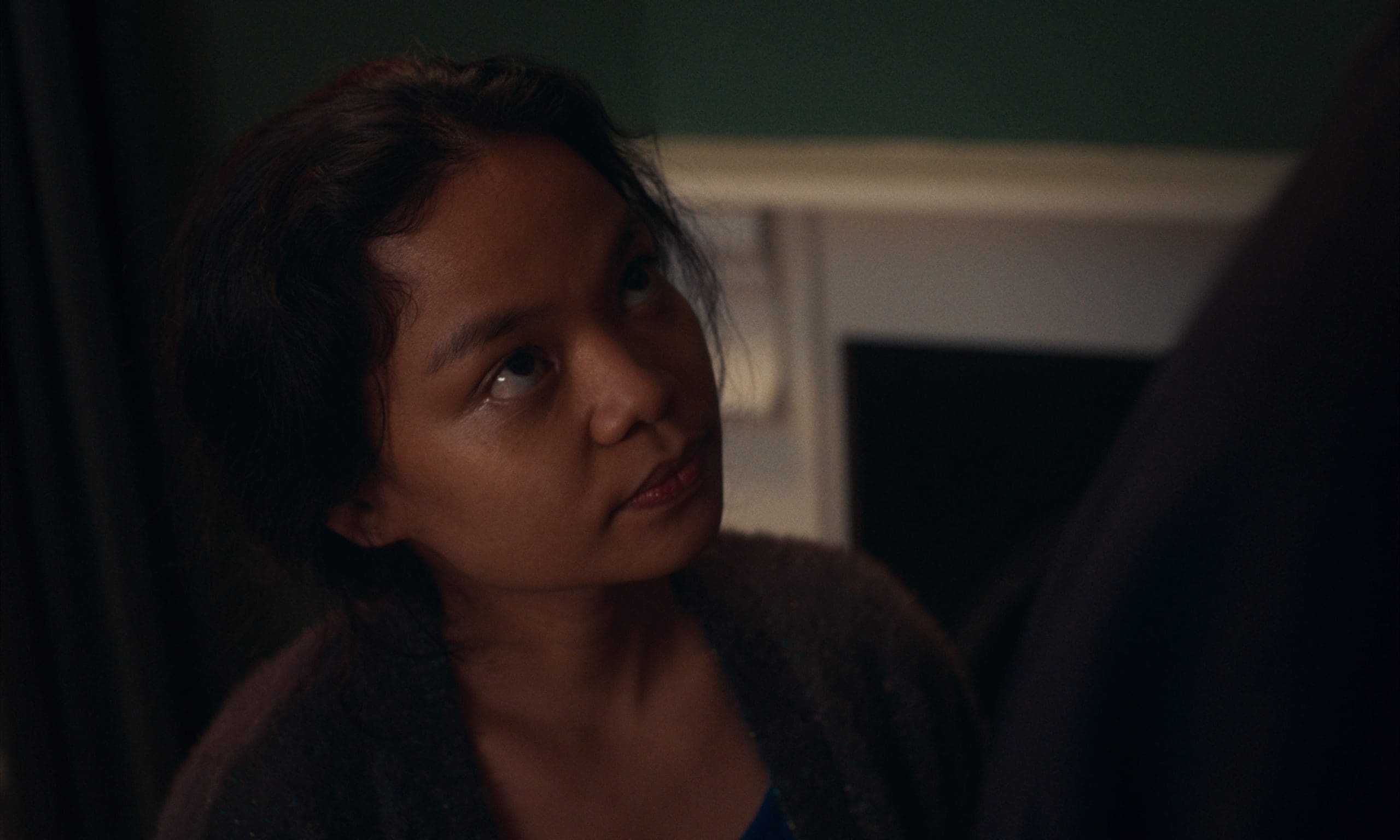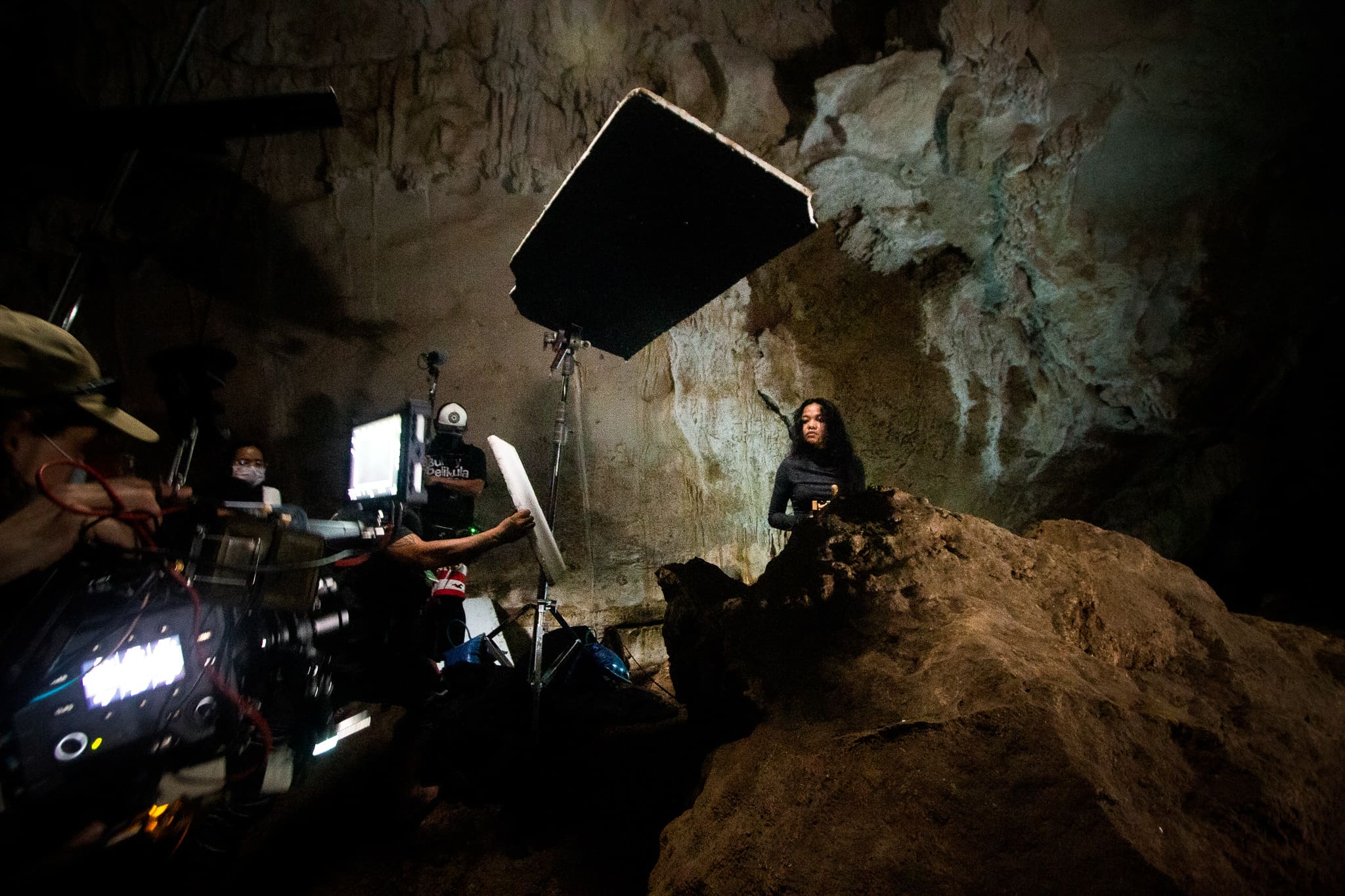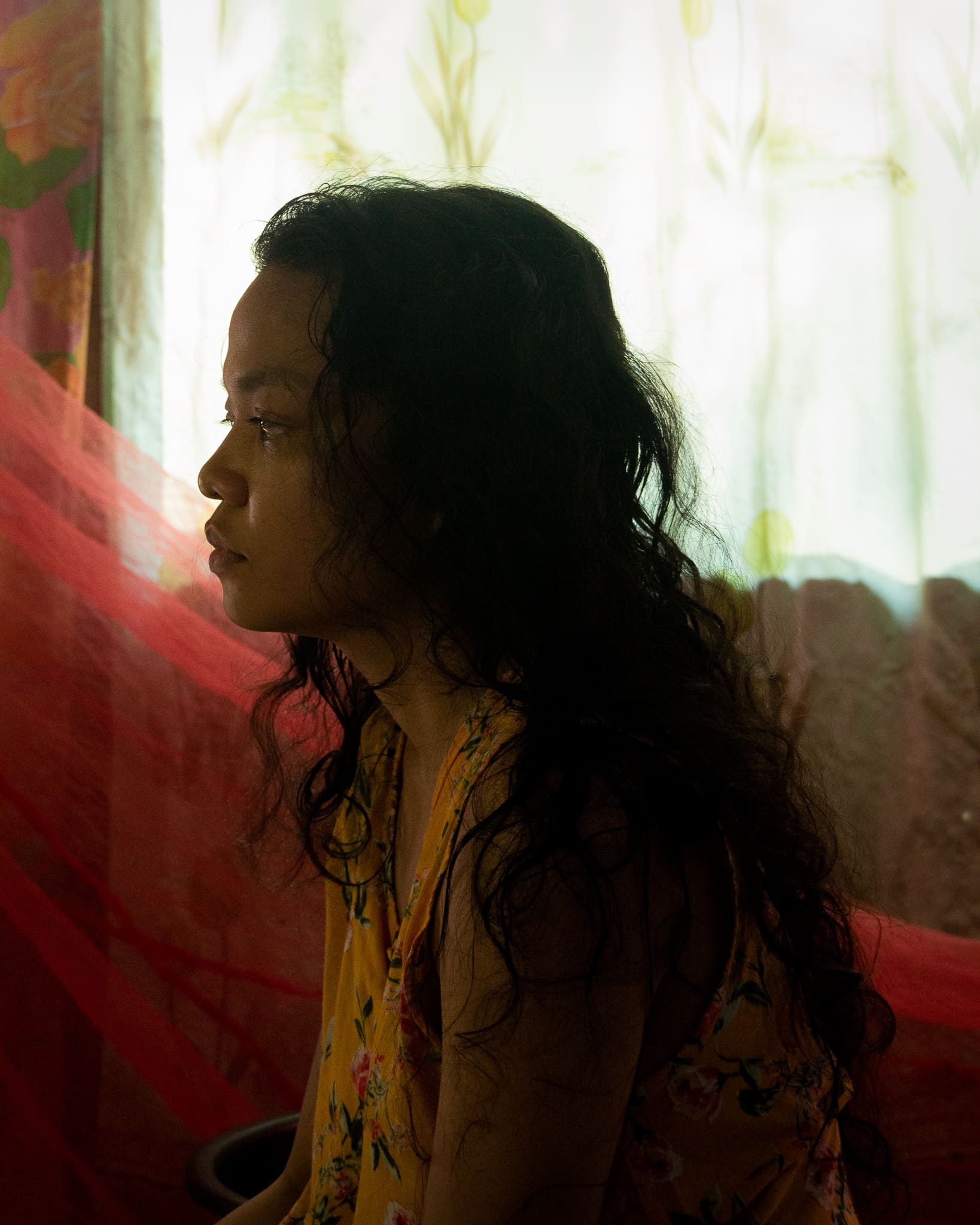Carlo Fajarda
One element about actress and musician Chai Fonacier that everyone would agree on is that she is fearless. Her performances radiate confidence au naturel.
She received her first acting award in 2015 for Miss Bulalacao at the Cinema One Originals Festival. Then in 2017, she won the Luna Awards for Best Supporting Actress for her portrayal in Patay Na Si Hesus.
And Fonacier is just getting started. “I am going to ride my life now like a surfer would. I don’t surf, but I understand the principle: You sit on your board and wait for the wave. I don’t know what kind of wave is coming, and I am scared of it. But I have my eyes on the horizon,” Fonacier tells Vogue Philippines in an exclusive video call, describing her rise to stardom in the international arena.
On October 14, the long-gestating folk horror movie Nocebo will premiere in Sitges, Spain. It stars Eva Green, Fonacier, and Mark Strong. Fonacier will grace the red carpet wearing Vania Romoff alongside her co-stars.

Irish director Lorcan Finnegan takes on the tale of a UK fashion designer, Christine, played by Green, who is struck by a mysterious illness. Christine hires a Filipino nanny, Diana (Fonacier), to look after the household. In an attempt to cure Christine’s condition, she offers an ancient folk remedy.
Then, a surprising portrait emerges. Diana becomes the uncontrolled and uncontrollable creation of a powerful dark force, which shapes the conflict of the story more than what she can possibly understand.
“Diana has a lot of pain. I think that this journey of hers is dealing with personal pain. This pain brought by the loss that she experienced and that led her to where she is now,” says Fonacier, who was born and raised in Cagayan de Oro. She studied communication at the University of the Philippines in Cebu where she was active in the music, film, and theater community.
“I know science has explained a lot of things in the world, but I think there are still a lot out there that we could not explain [either]. But it doesn’t only talk about folk healing, but it also discusses about the current situation of labor practices, consumerism, and the issues of fast fashion,” Fonacier says.

Great care has also been rendered in handling the folkloric aspect. The producers consulted with local practitioners and employed Filipino writers to guard its accuracy. Talismans, herbs, and animal “familiars” that aid spells are employed as props.
“I had fears of misrepresenting our culture, but the more that I delve into the character and the more that I delve into the story, I understand how the producers prepared for the movie,” she says. “They did it with a lot of respect. It comes from a protective space.”
She shares that they consulted with a Filipino shaman on how to handle the props. “These props were the actual stuff that shamans would use. If I mishandled them, it may take [away] the authenticity of the movie,” the actress says. “I could not forget about this one item in the movie that is very dangerous to handle. With any route you take, do not pass by a cemetery. So the producers checked all the routes to the location to make sure there’s no cemetery nearby.”
Viewers have taken note of Fonacier since the movie’s trailer was released earlier. She needed extraordinary stamina to tackle Finnegan’s most monumental tragedy, pitch-black to the point of extreme skepticism.
“Most of the characters I played before are comedic, finding the funny and the ridiculous even in the worst situation. What makes Diana unique is I am able to explore a certain kind of darkness in her and in our culture. She is not complicated at all, but this one is pretty hard,” she says. “But the kind of relationship we had with the director is collaborative. I watched Eva try different techniques during rehearsals to see how the director would receive them.”
The pair’s chemistry was undeniable. What was novel about Nocebo for the Filipino was witnessing Green, a multi-awarded French actor, graciously step back and let another star shine.
“Eva is very generous,” Fonacier says. “She is nice to everybody on-set; yet, she was not intrusive. When waiting for her turn to go, she could sit on one corner and go unnoticed. But once she stepped into the scene, she could fill a big hall. She transformed into her character. She did not impose a certain method when we shot our scenes together. Pakiramdaman lang. She would respond to what I give, vice-versa.”
What has been less mentioned now is Fonacier’s music. After having been discovered on the first season of Pinoy Dream Academy in 2005, she finally moved to Manila where she became a singer-songwriter whose thoughtful lyrics and beauty have captured the independent music and art scenes. In 2017, she won in the Visayan Pop Music Festival as the interpreter of the Cebuano song Kung Di Pa Lang Ko Buang.
“I am going to have music with me. It’s going to be there. It’s just a matter of what phase I am in my life,” she says. “For now, it’s acting. But who knows? Back then, I thought I was only going to be a musician. I didn’t expect I would land in film.”
Fonacier croons in her music, building spoken-word verses into operatic crescendos, but no matter what size stage she ends up, expect her to do it with bare soul. “I have been asked many times about how I made it through show business. Pain, poverty, and pancit canton. Honestly, I don’t have a clue,” she says. “When you hit rock bottom, cried all the tears, usually what happens? You start laughing like a mad man.”
